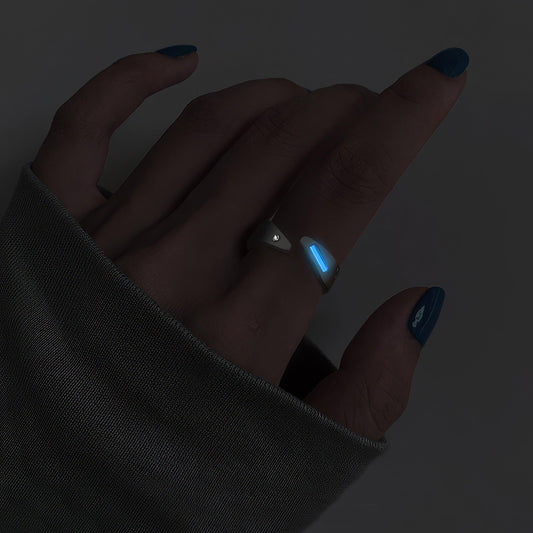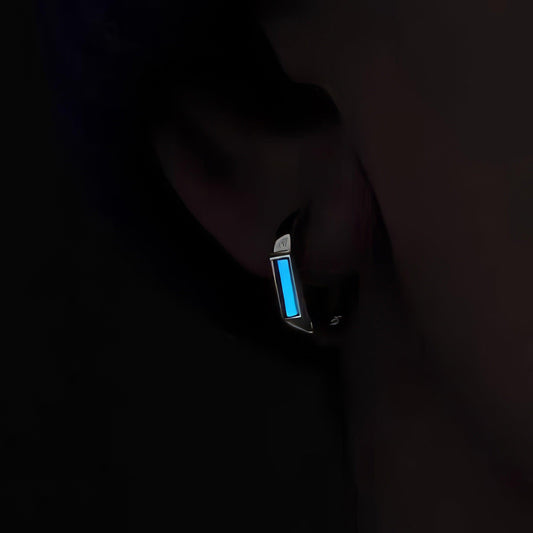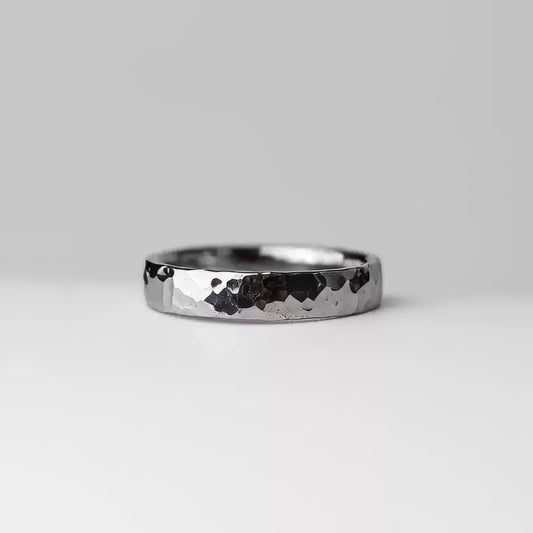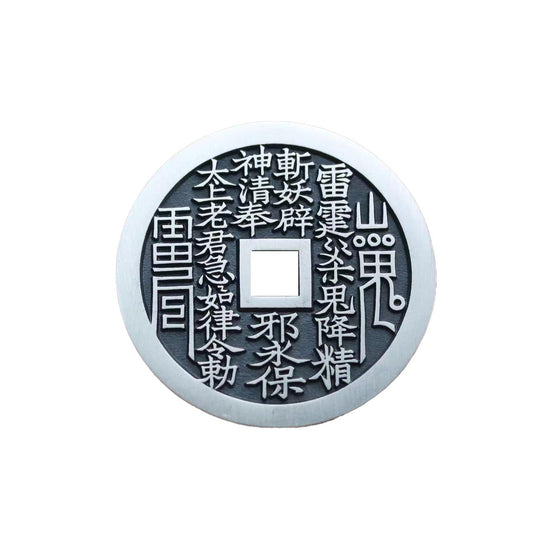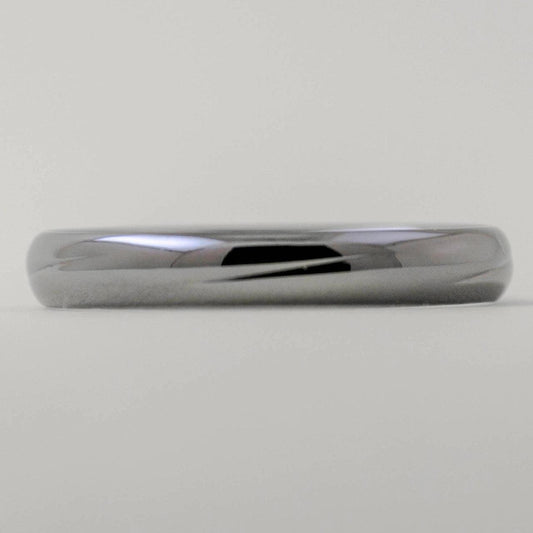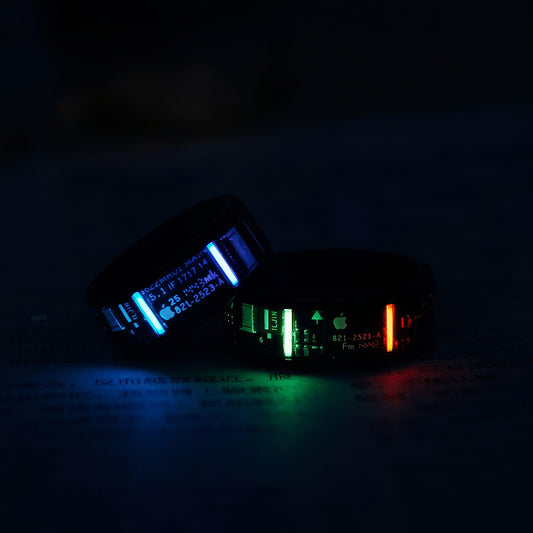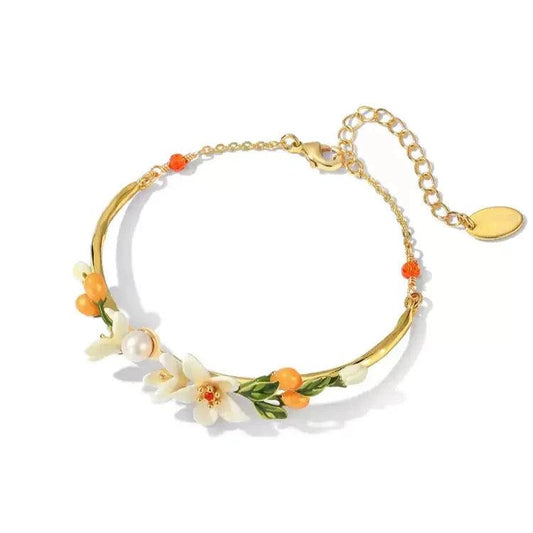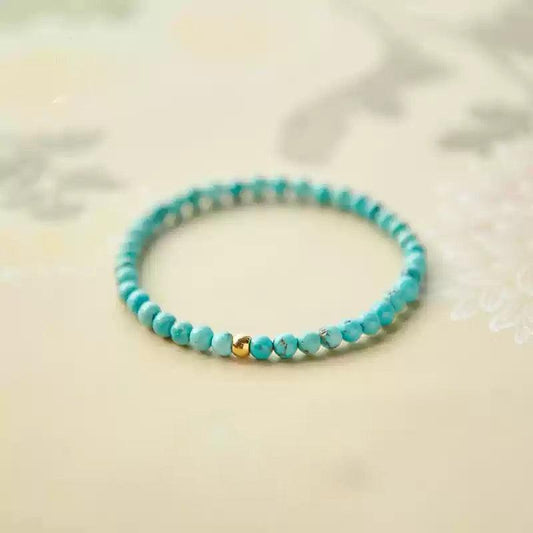Finding Comfort The Best Earring Material for Sensitive Ears
Finding Comfort The Best Earring Material for Sensitive Ears
Owning sensitive ears feels a bit like being trapped in a luxurious prison of jewelry you can never wear. I remember a particular moment, at a charming little farmers' market in Portland, where a stall offered an array of handmade earrings, each pair more beautiful than the last. I vividly recall convincing myself that a pair of ornate brass hoops could be the exception. The artisan promised they were hypoallergenic, but within an hour, my ears were protesting with the familiar itch and heat—an all-too-common experience for those with sensitive ears.
Despite the challenges, finding earrings that cater to sensitive ears isn't impossible, and the journey often leads to some genuinely fascinating discoveries about materials. One popular choice is titanium, often hailed as the savior for hypersensitive skin. Not only is it lightweight, but titanium is also biocompatible, meaning it's unlikely to cause any adverse reaction. This quality makes it the go-to material in medical implants, which certainly speaks to its hypoallergenic nature.
Gold, the timeless classic, usually graces these lists too, but not just any gold. The key lies in sticking to high-karat gold, ideally 14K or 18K. The lower the karat, the more alloys are mixed in, which can include nickel—a metal notorious for causing allergic reactions. My grandmother swore by a pair of simple gold studs as her everyday accessory, claiming they brought out the blue in her eyes; she never had an issue with them despite her own sensitive ears.
For those who appreciate a bit of experimentation with their style but are wary of discomfort, niobium can be a delightful revelation. With its natural resistance to corrosion and oxidation, niobium is as tough as it sounds. Its hypoallergenic properties make it a favorite among those who react to other metals, and it even comes in a variety of colors, thanks to anodization. It's a material known more for its use in the aerospace industry than in jewelry, but perhaps that’s part of its charm.
Cultural practices also influence choices in materials. Consider the practice among some indigenous communities, where wooden earrings are popular. Not only are they unique and environmentally friendly, but they also provide an organic option that the skin usually tolerates quite well. It's moments like these, when materials intersect with traditions, that the world of jewelry becomes more than just about aesthetics.
Reflecting on my past faux pas at the market, I've learned that being informed about the materials that suit my skin not only spares me discomfort but also enriches my jewelry collection with pieces that have stories and significance behind them. Finding that perfect pair comes with a sense of satisfaction and comfort that extends beyond mere style.
In the end, choosing earrings is a blend of science, personal experience, and sometimes a bit of whimsy. And perhaps, that's the charm of the quest—to find that pair that not only looks good but feels good too.
